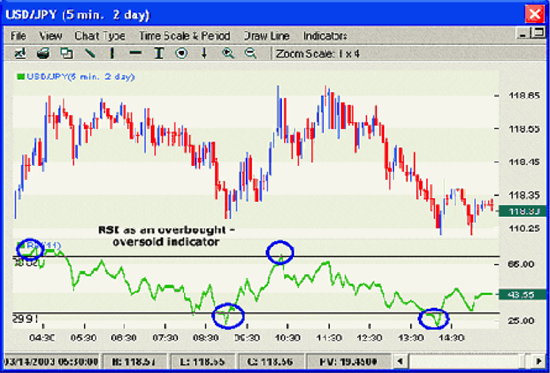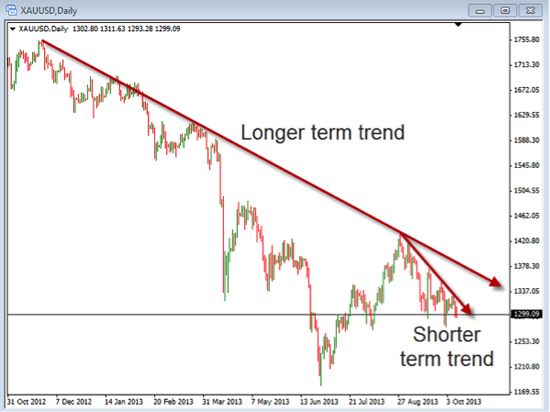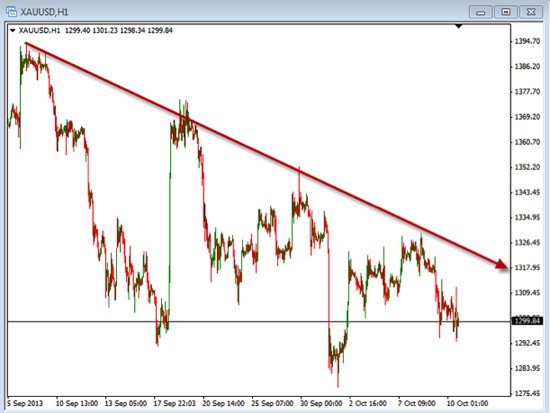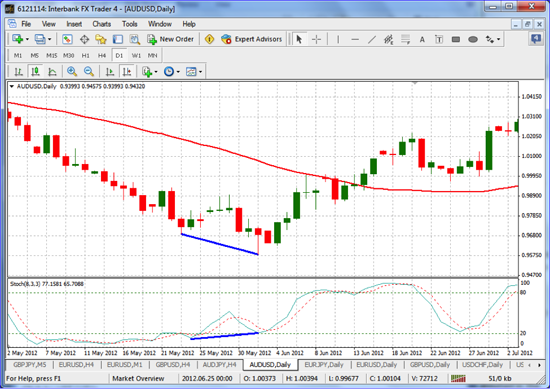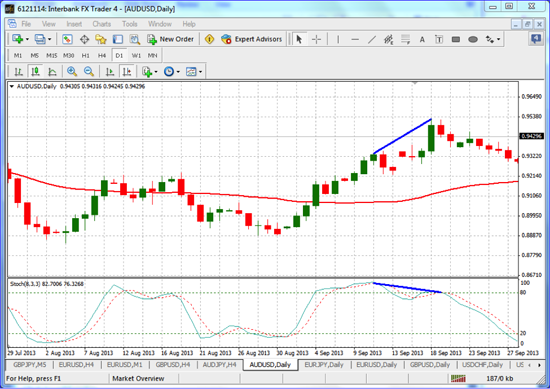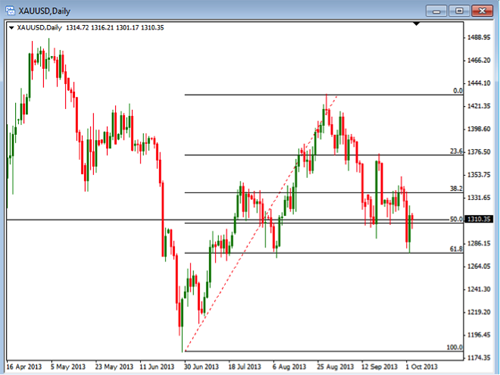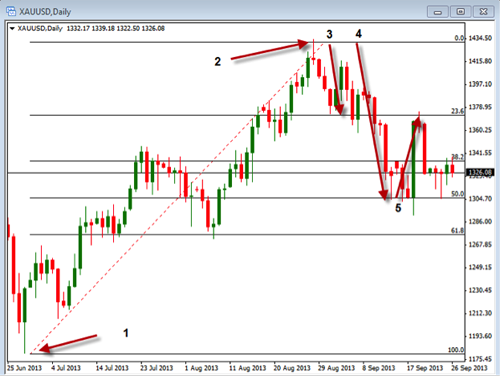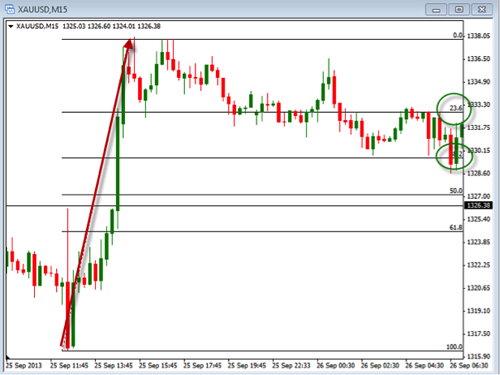One thing that I have generally believed is that emotions in most business situations are usually a waste of time, counterproductive and often times hurtful. I’m finally going to amend this belief based on recent events and long-term observations to state that it is very productive to observe the emotions of other traders when looking to enter the markets and in determining its general direction. There are some very predictable things that occur in the price action of the market at certain times, which include overreaction to current events. Of course the current event I am referring to right now is the need to increase the US debt ceiling to avoid a default and credit downgrade, the real impact of a credit downgrade may be overstated but that a different topic.
The likelihood that our congress, as incompetent as they may be, would let the US default on its debt obligations is in my mind incredibly unlikely. But even though I have believed all along that this event is incredibly unlikely I still believe that it is essential to pay attention to what everyone else believes. Leading up to the debt ceiling deadline since the high in the middle of September the S&P 500 was either down or flat until the second week of October. During this time there was banter and talk and threats from both political parties that our government would shut down and then once it was shut down how long would it last. The negative impact on the market throughout this time was not difficult to see or to predict which would have been good opportunity to short the S&P 500.
Once the Government was finally shut down the talk then shifted to what they can do to get it opened back up. To add to the situation, the debt ceiling needed to be raised so of course both sides are posturing in a very positional way. This is all very good and from a trading stand point because the closer the time gets to the debt deadline the more likely it is that the situation will be resolved which translates from a trading standpoint into close out your S&P 500 short and consider going long. Even if you didn’t participate in the short the pullback made it so obvious that the market would rise again there was almost no reason not to take a long S&P 500 position. The average gapped up after the swing low but even if you did not participate in the gap it seemed as though there had to be a lot more room left for long positions to continue.
Sure enough right on queue as both political parties talk about how a US debt default would be devastating to the country and the world at large the long position proved it did have a lot more room to move and it did exactly that based on the belief that the situation would get resolved. The date of this writing is 10/16 so I do not know how all of this will play out, but I do know that my long is in the money by about 2.5% over the past few days. There is a deal in the Senate, so it just needs to be fully agreed to in the Senate, then by the House, and then sent to the President by the end of the day today.
Liquidating anytime now or tomorrow would provide a pretty nice and relatively safe few day return which is pretty healthy when annualized. The point is that things like this come up on a fairly regular basis throughout the year where the mood of traders and investors is easy to observe and to capitalize on. What I actually think of a situation like this is not important all that is important is what I observe others believe which is what makes the market move. I do not need to have an opinion I just need to read the opinion that the market is reflecting and act accordingly. In a lot of situations if all you do is observe the general mood of the country and current events they will tell you which way the stock market is likely to go, all you need to do at that point is follow it.

